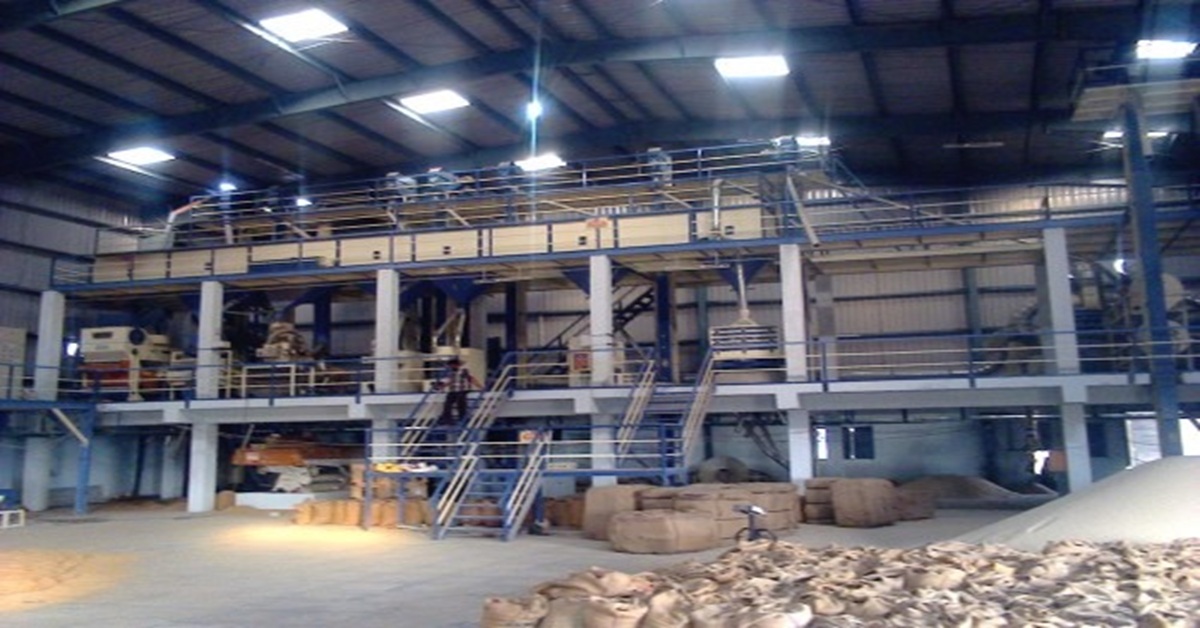Understanding Rice Mill Cost in India: A Comprehensive Guide
India, as one of the largest producers and consumers of rice in the world, sees rice milling as a crucial agro-industry. With modern technologies, the efficiency and profitability of rice mills have significantly improved over the years. However, for entrepreneurs or agricultural investors planning to enter the rice milling business, understanding the Rice Mill Cost India is essential. From land acquisition to the purchase of advanced machinery, various factors contribute to the total investment and operating costs.
In this article, we will delve deep into the key components affecting rice mill costs in India, types of rice mills, expected returns, and tips to optimize your investment.
1. What is a Rice Mill?
A rice mill is a facility where harvested paddy is processed into polished white rice, which is ready for consumption. The processing involves several steps, including cleaning, husking, separating, polishing, and grading. Each step requires specific machinery and energy, which add to the total cost.
There are two major types of rice mills in India:
-
Modern rice mills with automated systems and high capacity.
-
Traditional mills that use outdated machinery and manual labor.
Naturally, the Rice Mill Cost India varies significantly depending on which of these setups you choose.
2. Major Cost Components of Setting Up a Rice Mill
a. Land and Infrastructure
The first and foremost cost is acquiring land. The requirement for land area depends on the size and scale of the mill. A small-scale unit might need around 0.5 to 1 acre, whereas a large mill may need 3-5 acres. Land prices vary greatly based on location—urban settings are more expensive than rural ones.
Once the land is acquired, the cost of building infrastructure such as warehouses, drying yards, power supply units, water facilities, and office buildings follows. Infrastructure development could account for 20-25% of your total rice mill cost.
b. Rice Milling Machinery
The most critical investment is in rice milling machinery, which directly impacts output quality and efficiency. Some essential machines include:
-
Paddy cleaners
-
Destoners
-
Rice hullers
-
Paddy separators
-
Rice polishers
-
Grading machines
-
Packaging units
For a fully automated modern rice mill, machinery alone can cost between ₹50 lakhs to ₹3 crores, depending on capacity and features. Semi-automatic mills are cheaper but may not provide the same level of consistency and quality.
Those interested in high-performance machines should explore specialized manufacturers like those at www.ricetecmachinery.com/rice-milling-machine (URL not linked here).
c. Labor and Staffing
The cost of hiring skilled and unskilled labor is another significant expenditure. A small mill might need 10-15 workers, while a large facility could require 50 or more staff members, including technicians, operators, quality checkers, and administrative personnel.
Monthly labor costs can range from ₹1 lakh to ₹10 lakhs depending on the mill size and location.
d. Utilities and Maintenance
Rice milling is energy-intensive. Electricity and water are required at every step of the milling process. On average, a 1-ton/hour rice mill may consume around 75 to 100 units of electricity per hour. Monthly utility bills can form a notable part of your recurring expenses.
Additionally, regular maintenance and spare parts replacement should be budgeted for, which might range from ₹20,000 to ₹1 lakh per month, depending on usage and machinery type.
e. Licensing and Compliance
Setting up a rice mill in India requires various licenses and regulatory approvals, including:
-
Factory license
-
FSSAI registration
-
Pollution control board clearance
-
Udyam (MSME) registration
-
GST registration
Although not huge, these legal costs and documentation requirements are necessary for smooth operation.
3. Types of Rice Mill Setups and Their Costs
Small-Scale Rice Mill
-
Capacity: 1-2 tons per hour
-
Area Required: Around 1 acre
-
Approximate Cost: ₹25 lakhs to ₹50 lakhs
This setup is suitable for local supply and low to medium-volume output.
Medium-Scale Rice Mill
-
Capacity: 3-5 tons per hour
-
Area Required: 2-3 acres
-
Approximate Cost: ₹75 lakhs to ₹1.5 crores
Ideal for entrepreneurs aiming at both local and regional markets.
Large-Scale or Fully Automated Rice Mill
-
Capacity: 6-10+ tons per hour
-
Area Required: 4-5 acres
-
Approximate Cost: ₹2 crores to ₹5 crores
This is best suited for industrialists targeting exports and national supply chains.
When calculating Rice Mill Cost India, choosing the right scale based on your capital, market reach, and operational goals is key.
4. Operating Cost vs Capital Investment
Initial setup costs are just the beginning. To run a rice mill successfully, you must also plan for ongoing operational expenses. These include:
-
Raw paddy procurement
-
Employee salaries
-
Repairs and maintenance
-
Power and water bills
-
Packaging and transportation
Monthly operating costs for a small unit could be around ₹3-5 lakhs, while for a large unit, they could exceed ₹20 lakhs. Efficient inventory management and machine optimization are crucial to reducing operational expenses.
5. Return on Investment (ROI)
Despite the high initial investment, rice mills offer excellent returns if managed well. Profit margins in this industry can range from 8% to 20%, depending on output quality, procurement rates, and selling prices.
A well-run rice mill can break even in 3 to 5 years. The growing demand for high-quality rice in domestic and international markets also means that returns are stable and scalable.
6. Government Support and Subsidies
To boost agro-processing industries, the Indian government offers various subsidies and loan schemes under schemes such as:
-
PM FME Scheme (One District One Product)
-
Agricultural Infrastructure Fund
-
MSME Loan Schemes
These can lower the burden of Rice Mill Cost India by 10-30% in some cases, especially for first-time entrepreneurs and rural setups.
7. Tips to Reduce Rice Mill Cost
-
Opt for energy-efficient machinery to lower electricity bills.
-
Automate processes to reduce labor costs.
-
Source raw paddy locally to cut transportation expenses.
-
Utilize by-products like rice husk and bran for additional income.
-
Plan for scalability to spread fixed costs over higher output.
By carefully planning each stage, you can keep your rice mill cost-effective without compromising on product quality.
Conclusion
Starting a rice mill in India is a promising business venture, but it demands a substantial investment and careful planning. Whether you’re eyeing a small-scale setup or a high-capacity automated unit, understanding the complete breakdown of Rice Mill Cost India is the first step toward building a sustainable enterprise.
From land to labor, and from machinery to compliance, every cost component plays a vital role. By optimizing investments and leveraging government schemes, entrepreneurs can build profitable rice mills that contribute to India’s food supply chain and economy.







